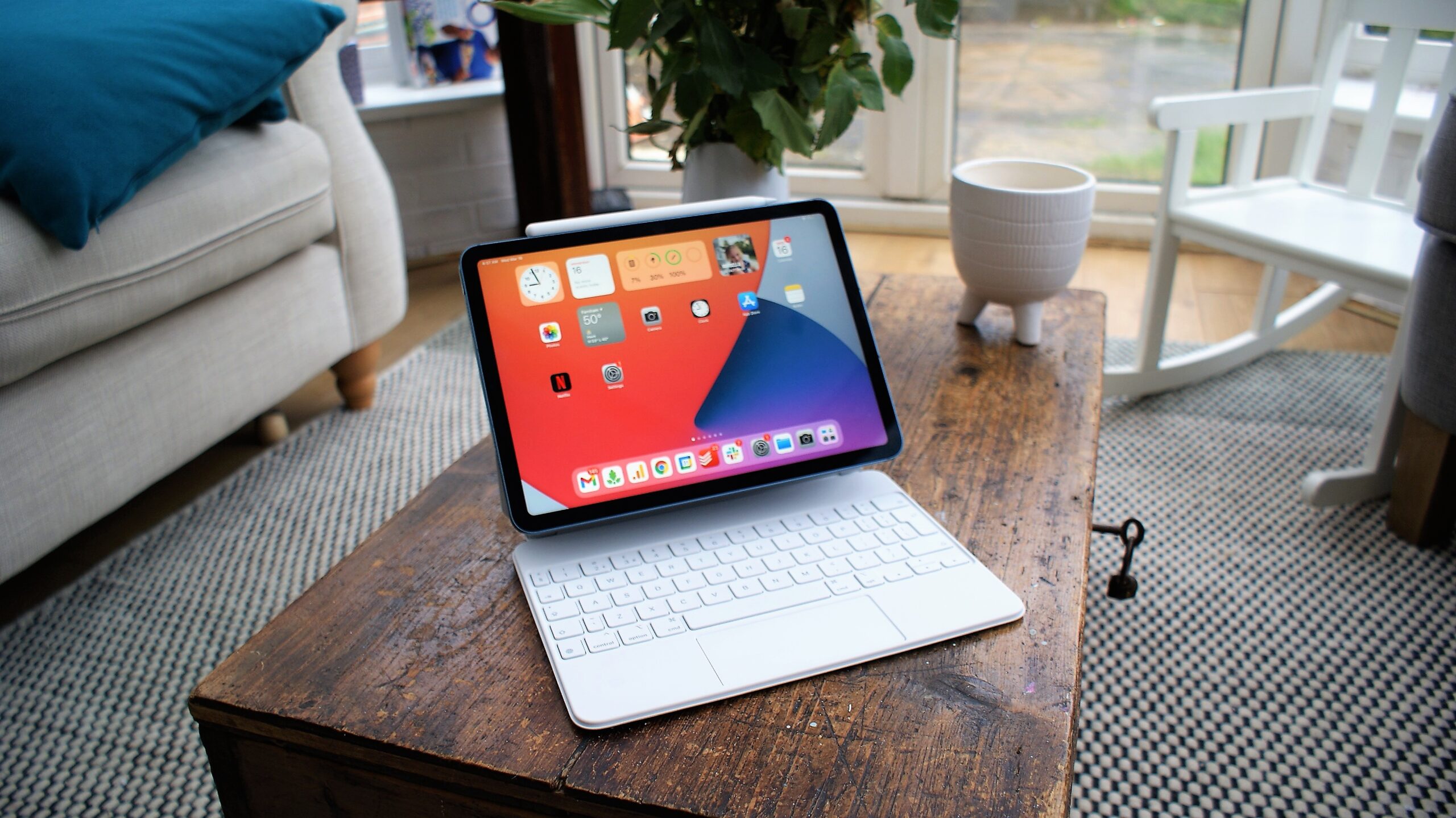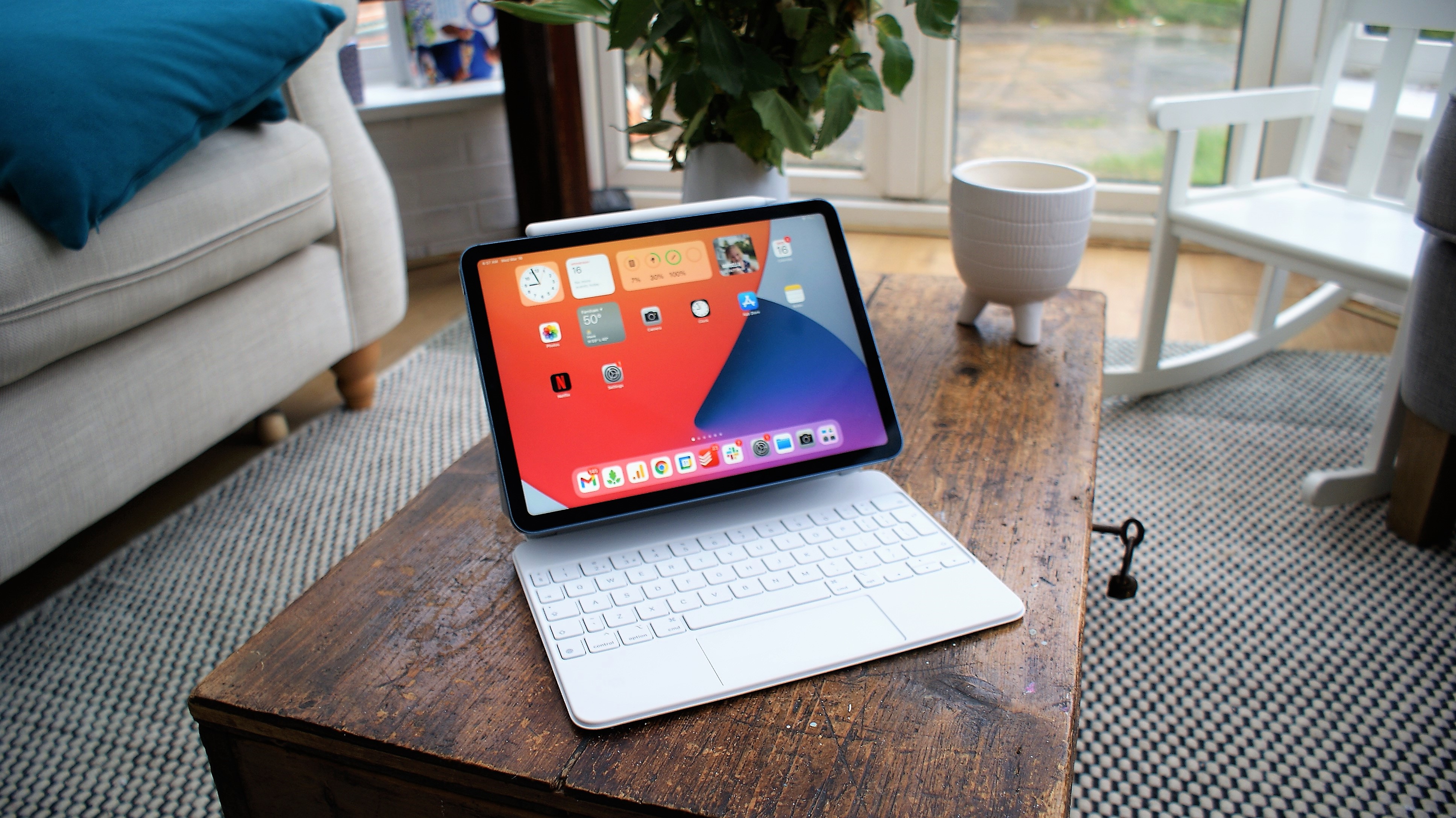Another Apple event is in the books and, as expected, the Let Loose showcase was all about iPad. We now have our first Apple device powered by an M4 chip in the iPad Pro, with the company surprisingly choosing to debut it there rather than in a Mac. There’s also an upgraded iPad Air that’s available in two sizes: 11 inches and 13 inches.
There are some accessory updates too, which isn’t a big shock given that an Apple Pencil was prominent in the event’s teaser image. So, without further ado, here’s a rundown of everything Apple announced at its blessedly brief Let Loose event.
iPad Pro
It had been expected for a while that any updated iPad Pro would have an M3 chip, but Apple decided to upend the expectations of many by instead slotting the brand new M4 into its highest-end tablet. Apple says the new device delivers 50 percent faster performance than the M2 iPad Pro.
Rendering performance is said to be four times faster than on the M2 Pro as well. For the first time on an iPad, Apple is bringing support for dynamic caching, hardware-accelerated ray tracing and hardware-accelerated mesh shading to the Pro with the M4.
There are some power efficiencies here too. Apple says the M4 can deliver the same performance as an M2 using half the power. So, if you’re using the tablet for tasks that aren’t too strenuous, it stands to reason that the battery should last for longer.
The other major upgrade for the iPad Pro is new display tech called Tandem OLED. As the name suggests, it uses two OLED panels layered on top of each other. That means this tablet should have richer colors and deeper blacks on what Apple is calling the Ultra Retina XDR display. Apple says the brightness levels max out at 1000 nits for standard and HDR, and 1600 nits for HDR.
Despite the dual layer, the OLED panels are still thinner than an LCD display. To that end, Apple says the iPad Pro is now somehow thinner than an iPod nano (RIP, you beautiful thing), making it the company’s most slender product ever. There’s a nano-textured glass option for the first time on an iPad Pro too, but only if you opt for at least 1TB of storage.
One other notable change is that the Ultra Wide 12MP front-facing camera is now on the landscape edge. The Magic Keyboard users out there may be pleased about that tweak.
The new iPad Pro starts at $999 for the 11-inch model and $1,299 for the 13-inch, each with 256GB of storage. Add $200 to each of you want 5G cellular connectivity via eSIM.
We’ve already had a hands-on with the iPad Pro and, at first glance, the display seems like the show stealer.
M4
We have to chat a bit about what’s powering the iPad Pro: the all-new M4 chipset. The Pro is the first Apple product to use the M4, even before any Mac.
The M4 has a new CPU with four performance cores and six efficiency cores. There’s a 10-core GPU as well. Notably, the chipset’s neural engine is focused on machine learning and AI. Apple says the neural engine is capable of 38 trillion operations per second — it’s 60 times faster than the first neural engine that debuted in the A11 chip. AI features that the M4 will power on the iPad Pro will include real-time Live Captions, the ability to isolate subjects and remove backgrounds in videos in Final Cut Pro and automatic musical notation in StaffPad.
Odds are high that we’ll start seeing Macs with the M4 pop up later this year, which might put folks off from buying the M3 MacBook Air Apple started selling just a couple of months ago (though the company says the MBA is now the best-selling 13-inch and 15-inch laptop on the planet).
The main reason for Apple skipping a silicon generation with the iPad Pro is likely to start a transition into AI hardware ahead of its Worldwide Developers Conference in June. Expect the company to talk much more about what it plans to do with AI across all its products next month.
iPad Air
The iPad Air was well overdue for an update after being stuck with an aging M1 chipset for over two years. The latest model (or models) boast an M2 chipset. Still recent enough to make it a notable upgrade from the previous Air while keeping the more powerful iPad Pro distinct.
As I mentioned, the iPad Air now comes in two sizes, the existing 11-inch form factor and the new, larger 13-inch variant. That makes the Air the most cost-effective large screen iPad as things stand. Oh, and the front-facing camera is also positioned on the longer edge of the Air now. Thanks, Apple.
The company has doubled the base storage from the previous generation to 128GB. The 11-inch model starts at $599 and the new 13-inch Air is $799. For 5G cellular connectivity, you’ll need to pay $150 extra. As with pretty much everything else Apple showed off today, the new iPad Air will drop next Wednesday.
We’ve also had some hands-on time with the new iPad Air. With the combination of the price and the various hardware updates, Apple could be onto another winner here.
Apple Pencil and Magic Keyboard
There’s a new Apple Pencil around town and it has some nifty tricks up its sleeve, including haptic feedback. The Apple Pencil Pro supports a new squeeze gesture too. If you rotate the barrel, you can change the orientation of brush and pen tools, just as you would with a pen and paper.
Find My support for the first time in an Apple Pencil is very welcome, considering how easy it is too lose the dang thing if you don’t store it securely on the side of your iPad.
The Apple Pencil Pro costs $129. Preorders are open today and it ships on May 15.
Meanwhile, there’s a new Magic Keyboard that’s only compatible with the iPad Pro. This one is made from aluminum to give it a more premium feel and perhaps help users believe that the iPad Pro is the laptop replacement Apple has long envisioned its tablets being.
The latest version has a larger trackpad with haptic feedback, while there’s a row of function keys, à la a more traditional keyboard.
The new Magic Keyboard also ships next week. If you want one for the 11-inch iPad Pro, it’ll run you $300, while the larger variant is $350.
Follow all of the news live from Apple’s ‘Let Loose’ event right here.
This article originally appeared on Engadget at https://www.engadget.com/everything-announced-at-apples-let-loose-ipad-event-161005007.html?src=rss

